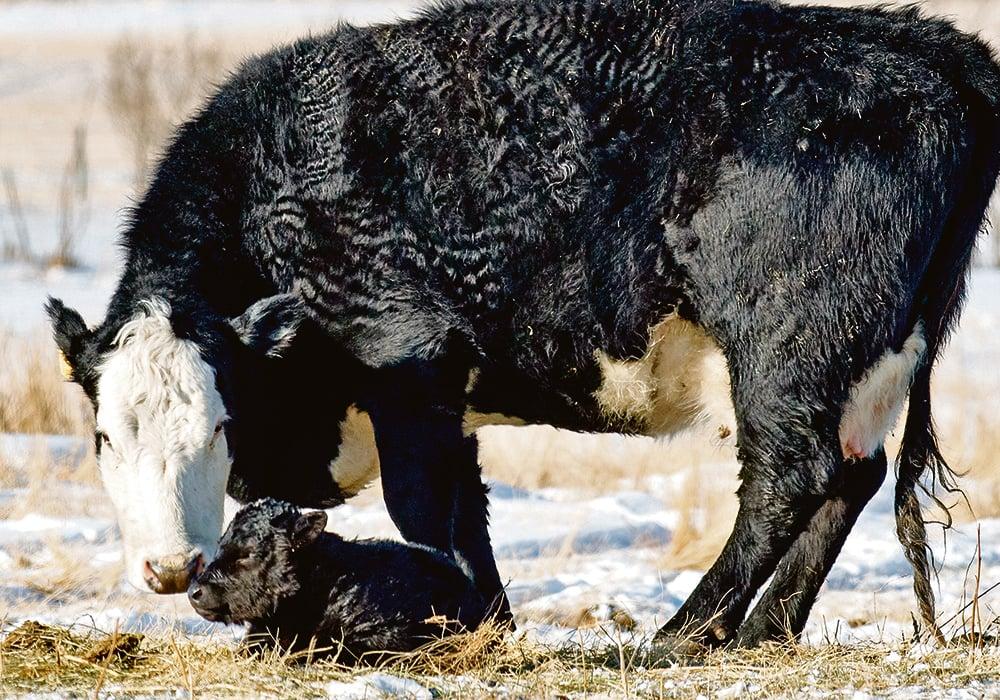Drought Leading to Nutrition Deficiencies in Cattle
The droughts have been having a big impact on the cattle industry. Lack of moisture suppresses plant growth and root development; without a good root system the plant isn’t able to obtain moisture and nutrients from the soil. The most common vitamins seen to be deficient following a drought are vitamin A and E along with several trace minerals: copper, zinc, selenium and manganese. So what does that mean?
Vitamins
Vitamin A and E are sourced from feed, normally lush green grasses contain enough – but due to the current situation it’s lacking. These can affect vision, muscle function, joints, reproduction, abortions and stillbirths. As well as postpartum complications of retained placentas and increased risk of infections like mastitis.
Minerals
Trace minerals are important for several functions in the body. One thing they all have in common is muscle, joint and reproductive health. If they’re sufficient there are fewer calving complications with healthier calves.
- Copper is important for both bone and musculoskeletal function, but it also is important for the immune system. When animals are deficient in copper they are more prone to infectious disease, poor weight gains, joint issues, reproduction and calving problems.
- Zinc is important for bone and musculoskeletal function. Low zinc can cause lameness, joint abnormalities, gait issues and fragile bones.
- Selenium is important for overall health and development. It works closely with Vitamin E to prevent oxidative stress. When it’s low, it can cause reproductive issues, poor weight gains, weakness of muscles or animals that are unable to rise. It also causes some concerns with calving and higher instances of retained placentas.
- Manganese is fairly abundant in pasture grasses and legumes, but due to the drought it’s found to be lower. Manganese is important for musculoskeletal system development during gestation, as well as for maintaining normal estrus cycles. If the cow/heifer isn’t consuming enough, it can result in calves with deformities and joint issues. Dystocia related to manganese deficiency is a concern, especially for heifers with their first calf.
So what can we do about it?
Supplement! With the poor crops and pasture opportunities for our herds, they aren’t able to obtain proper amounts in their diet through grazing. Therefore it’s up to the producer to add more vitamins and minerals into the feed ration to ensure each animal is getting enough. Injectable supplements can provide a short term solution and they can definitely get your herd back to a balanced mineral program.
If the cows and heifers have the proper nutrition, it reflects on the calf and their genetic potential for growth. Supplementing the ration now or using an injectable product on the cow as well as supplementing the newborn calf, will set you up for a healthier, more productive year.

